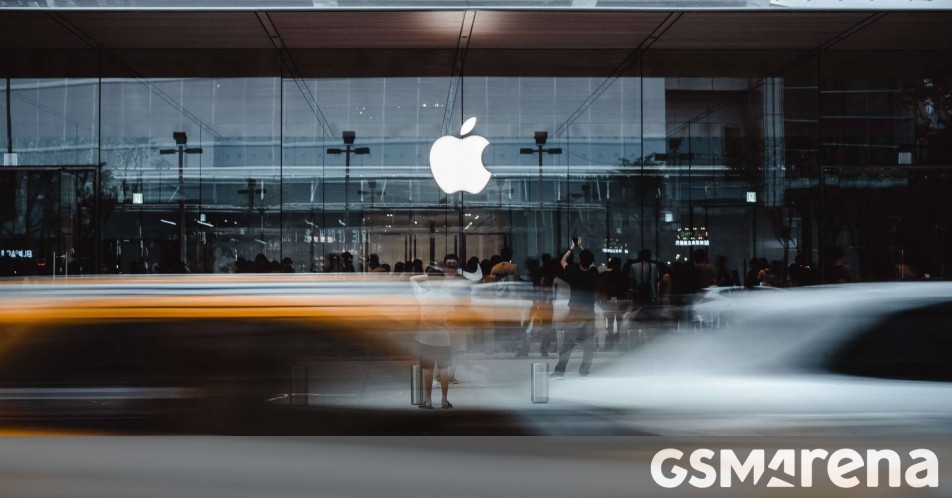Apple plans to shift production of iPhones sold in the U.S. to India, motivated by President Trump’s trade war with China. This diversification began in 2017 with the manufacturing of iPhone 6s and SE models in Bengaluru. Currently, 14% of global iPhones are made in India, expected to rise to 25% by year’s end. Apple’s goal is to double production to fulfill U.S. demand of over 60 million units annually by 2026. Despite high tariffs on Chinese imports, a temporary pause on a 26% tariff for India allows negotiation. The U.S. accounts for 28% of Apple’s shipments in 2024.
Apple is reportedly transitioning the production of iPhones sold in the US to India, as highlighted by The Financial Times. Sources indicate that this move is a response to President Donald Trump’s ongoing trade tensions with China, prompting Cupertino to seek a more cost-effective alternative.
The shift in iPhone manufacturing began in 2017, when Apple partnered with Wistron to produce iPhone 6s and iPhone SE at a facility in Bengaluru. This decision was largely influenced by high import tariffs on Chinese products, and as the trade conflict between the US and China escalated during Donald Trump’s first term, Apple increased its production in India.
As reported in April 2024, approximately 14% of all iPhones globally are manufactured in India, with analysts predicting this share could rise to 25% by the year’s end. Further growth is anticipated as Apple targets to double production and meet the demand for over 60 million iPhones sold annually in the US by the close of 2026.

China has faced the brunt of President Trump’s most stringent tariffs, and despite Tim Cook’s efforts to secure an exemption, it seems unlikely—no definitive resolution has been reached with the administration of the 47th president.
In theory, imports from China could face a staggering 145% tariff. While smartphones may have a temporary exemption, Apple is still liable for a 20% tariff that was enacted before Trump’s second term began.
India, meanwhile, has also encountered a 26% tariff, although this has been put on hold for 90 days to facilitate negotiations between New Delhi and Washington. US Vice President JD Vance is currently in India, asserting that both nations are making “very good progress.”
According to FT, the United States represented about 28% of Apple’s global iPhone shipments in 2024. Investors and analysts are still grappling with the implications of Trump’s tariff strategies as the company prepares for an upcoming quarterly earnings report.
Source
